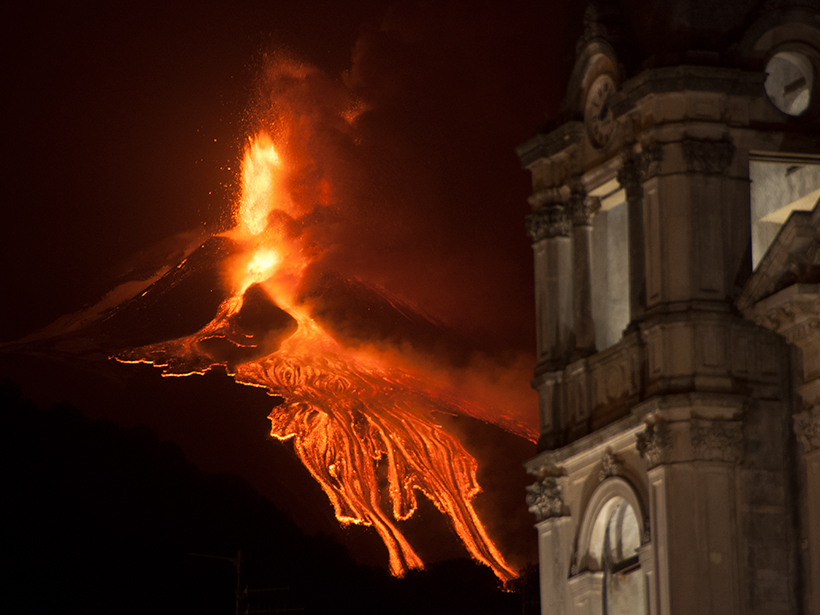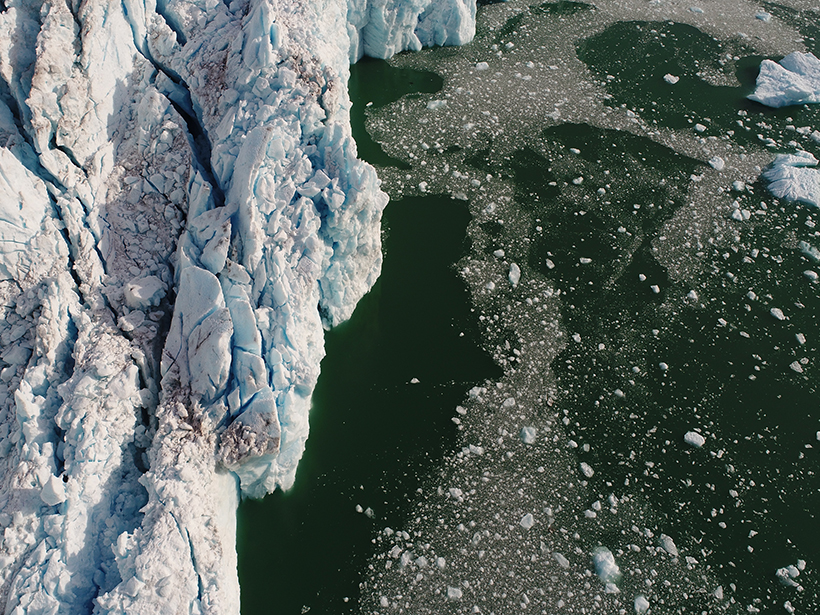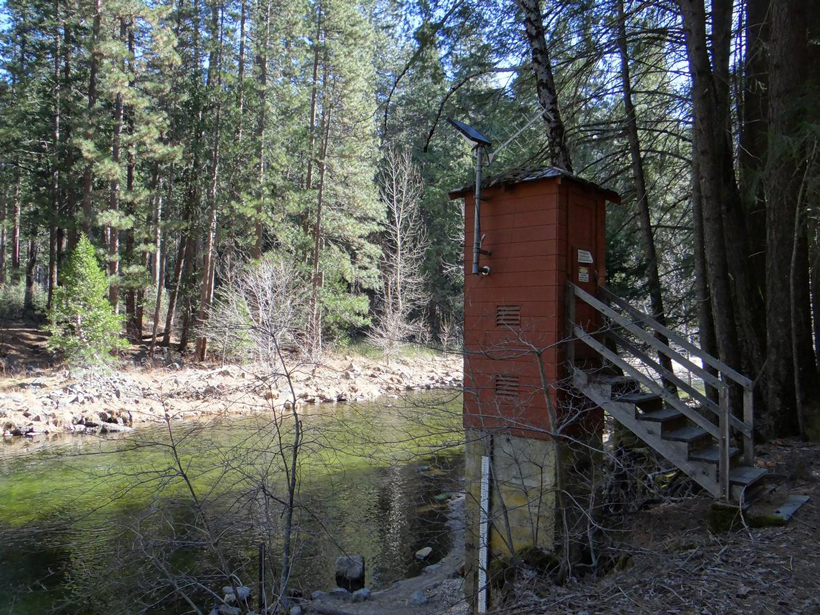Measurements taken by an automated national meteorological monitoring network during the 2017 total solar eclipse illuminate how the land and atmosphere respond to a sudden loss of sunlight.
monitoring networks
Seismic Sensors Record a Hurricane’s Roar
Newly installed infrasound sensors at a Global Seismographic Network station on Puerto Rico recorded the sounds of Hurricane Maria passing overhead.
Testing the Waters: Mobile Apps for Crowdsourced Streamflow Data
Citizen scientists keep a watchful eye on the world’s streams, catching intermittent streams in action and filling data gaps to construct a more complete hydrologic picture.
Radon Tells Unexpected Tales of Mount Etna’s Unrest
Readings from a sensor for the radioactive gas near summit craters of the Italian volcano reveal signatures of such processes as seismic rock fracturing and sloshing of groundwater and other fluids.
Managing Radio Traffic Jams with the Cloud
Sensor networks and data mining allow for fully automated, real-time monitoring of radio waves.
Bruno Faria Receives 2017 Africa Award for Research Excellence in Earth Science
Bruno Faria received the 2017 Africa Award for Research Excellence in Earth Science at the American Geophysical Union Fall Meeting Honors Ceremony, held on 13 December 2017 in New Orleans, La. The award honors an early-career scientist from the African continent for “completing significant work that shows the focus and promise of making outstanding contributions to research in Earth or ocean sciences.”
Hurricanes Expose Vulnerabilities in Puerto Rico Seismic Network
Could overreliance on cell networks to transmit data leave instruments in the dark after the next storm hits?
Science at the Border Between Ice and Ocean
A suite of instruments, including drones, remotely operated boats, and multibeam sonar, is helping scientists understand a little-studied area at the front of a calving glacier.
Improving Water Resources Management from the Ground Up
The key to sustainable water resources management isn’t satellite technology yet—it’s a new spin on time-tested rain and stream gauges.
Antenna Towers Attract Additional Lightning Strikes
Atmospheric scientists evaluate the influence of human-made structures on lightning data.








